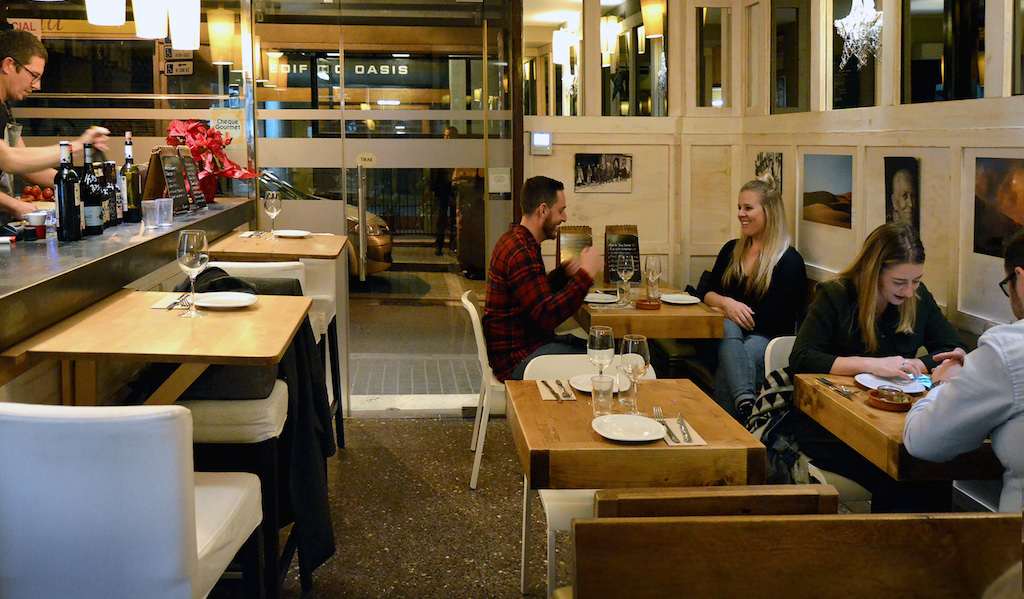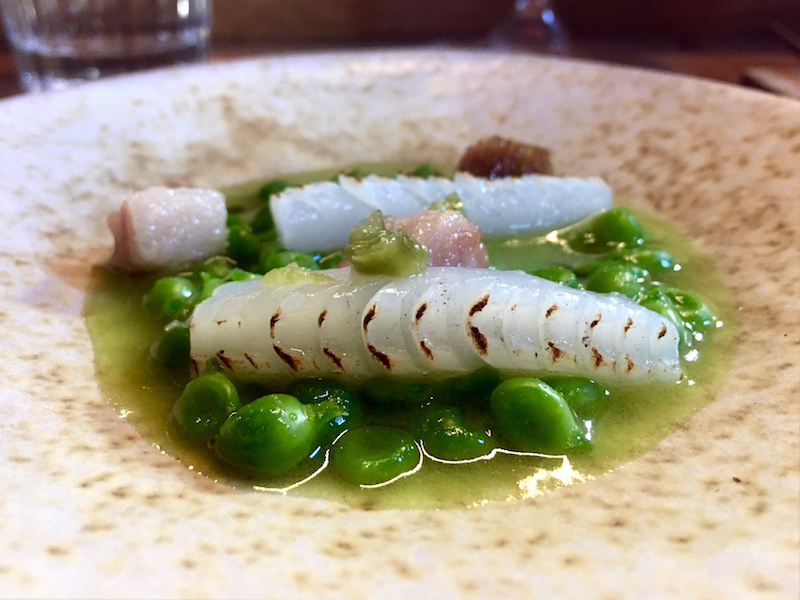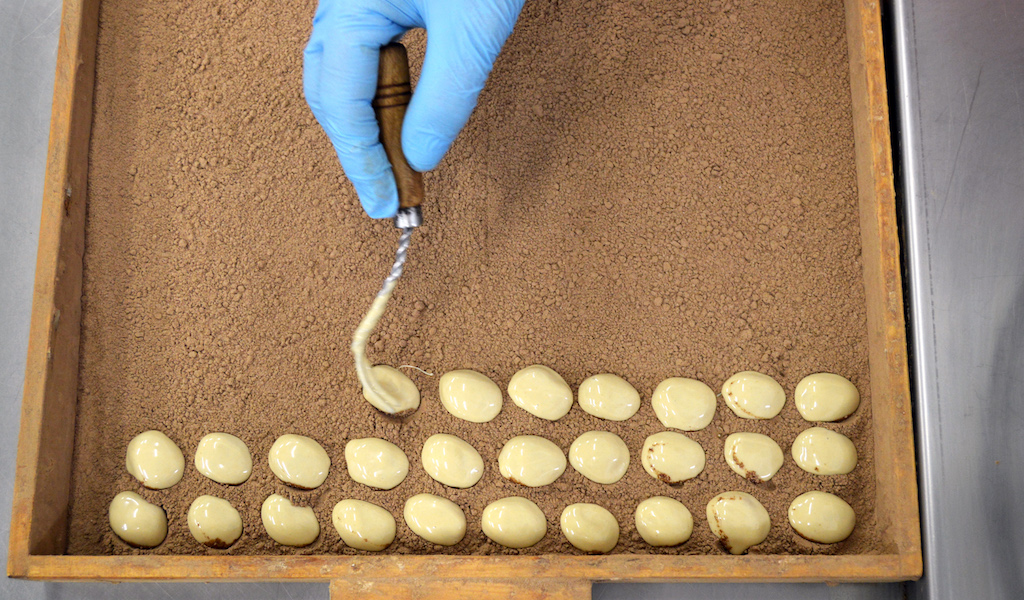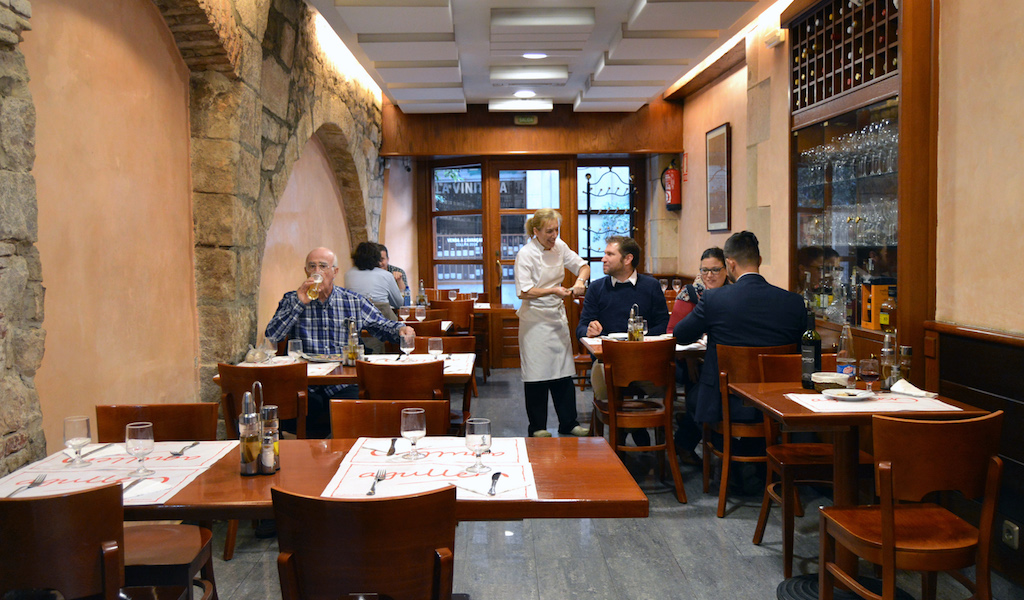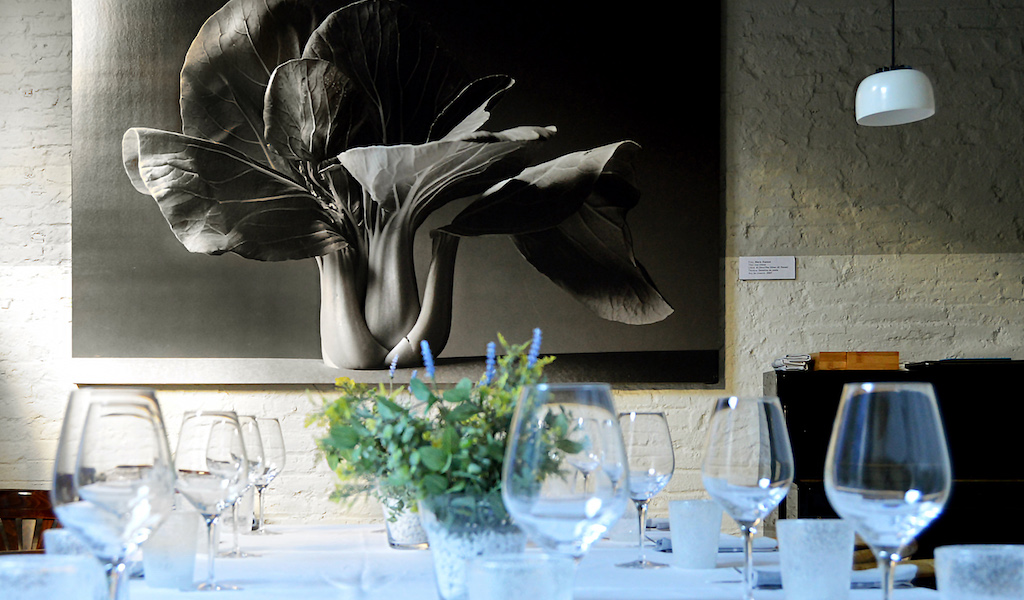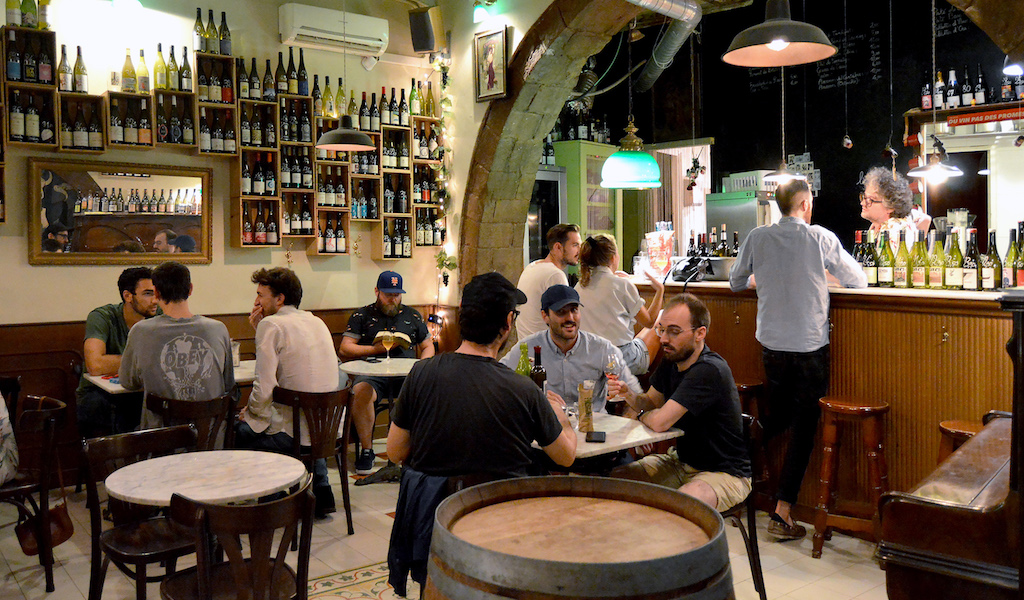We can't find the internet
Attempting to reconnect
Something went wrong!
Hang in there while we get back on track
Search results for "Paula Mourenza"
Barcelona
Blavis: Compact Pleasures
Think of Blavis in the Sant Gervasi neighborhood as the restaurant equivalent of the iconic Fiat 500 or Mini – perfect for a crowded city and charmingly so. Even though there are only two regular members of staff, this tiny spot packs a powerful punch. Chef and co-owner Marc Casademunt crafts tapas-style plates influenced by local and international cuisines, which are then served by Paco, the friendly waiter. When Marc and his partner, Sonia Devesa, opened the small restaurant in 2008, the financial crisis informed their initial concept: offering an affordable daily lunch menu for workers. In the beginning, they only opened for dinner two nights per week.
Read moreBarcelona
Best Bites 2019: Barcelona
It turns out that, in Barcelona, 2019 was a year highlighted by great things that came in small packages, like pint-sized restaurants and simple, sometimes tiny products that nevertheless were a fantastic source of pleasure. But underlining all of these great, small things was a more fundamental element: their deep connections to people (producers and cooks) and place (a specific territory, the environment, life around it). This is the true greatness of food – things of such a large magnitude can be contained in a little corner bar, in a recipe of four ingredients, in a chocolate ball, a piece of bread, a tiny clam.
Read moreBarcelona
Catànies Cudié: Almond Joy
In 1949, when the patisserie that Josep Cudié had been working at as head pastry chef for a decade closed, his wife, Antonia Salleras, encouraged him to stop working for others and start working for himself. “Since you’re the creator of all these chocolates,” she said, “why don’t you just open your own business, making the chocolates and selling them to other patisseries?” Fortunately, he took his wife’s advice. Today, Oriol Llopart Cudié, also a pastry chef, is the third generation to run the business and – more importantly – to produce Catànies, his grandfather’s invention. Candied almonds coated with a special praline and bitter cocoa powder, these brown pearls are now one of Catalonia’s most iconic candies.
Read moreBarcelona
Agullers: For Workers Who Lunch
When the couple Juan Pérez Figueras and Mercè Roselló bought in 1991 what is now Restaurante Agullers, it was an old run-down bar in the inner streets of Born, a neighborhood near the Port Vell area. “When I got the place it was totally ruined,” Juan explains. They decided to keep open only a long and narrow front section, creating a small bar-restaurant that specialized in fresh fish. All food was made in front of the clients, on a tiny grill behind the bar. This miniscule spot offering grilled fresh fish really struck a chord, and by the end of its first decade in business, people were lining up at the door.
Read moreBarcelona
GatBlau: Vegetable Worship
Vegetables often get short shrift at restaurants – greens, legumes and tubers are relegated to the same tired side dishes, or just one component of many in a generic main, subsumed by the dish’s other ingredients. Not so at GatBlau (literally BlueCat in Catalan), located in the Left Eixample. This restaurant is a shrine to vegetables, showing them anew in all their complexity. Here, the personality of a parsnip, a kohlrabi or any other delicious weirdo from the garden is taken to the next level, refashioned into carpaccio, cake or even rillettes.
Read moreBarcelona
Wine Harvest 2019: Natural Wines Take Root in Barcelona
Naked, free, wild, raw, true, clean… natural wine has many names, except its most obvious one, just plain ol’ wine. There’s no makeup or camouflage, nor is there any sort of artificial interference – chemical fertilizers or industrial yeasts, to name a few – in the vineyards or during the vinification process. Some consider this wine to be a passing fashion, but it has more than a solid foothold in its homelands – France, Georgia and, to a lesser extent, Italy – and continues to conquer palates in new countries. One of those countries is Spain, where natural wine is proving to be a popular alternative to industrial vino, which must adhere to regulations set by the Denominaciones de Origen (D.O., the organizations that oversee the mainstream wine regions in Spain) and has a limited and fixed personality often based on artificial yeast and processes.
Read moreBarcelona
Bodega Pàdua: Antiques Roadshow
The classic neighborhood bodega in Barcelona is a place where customers feel at home. At Bodega Pàdua, an old bodega turned bar-restaurant in the El Farró neighborhood, part of the Sarriá-Sant Gervasi district, this quintessential spirit – usually invisible to the eye – is, somewhat surprisingly, physically manifested on the walls. The long space, which extends to a patio in the back, is decorated with mementos from the community: old photos, antique objects such as radios, cameras, and typewriters, a claviharp, written tributes to local musicians and house pets (including the bodega’s beloved parrot Ricky, who is now in a “better life” but used to say hello to the clients), and even pieces of the old iconic SEAT 600 car, which still has lots of fans in Spain.
Read more